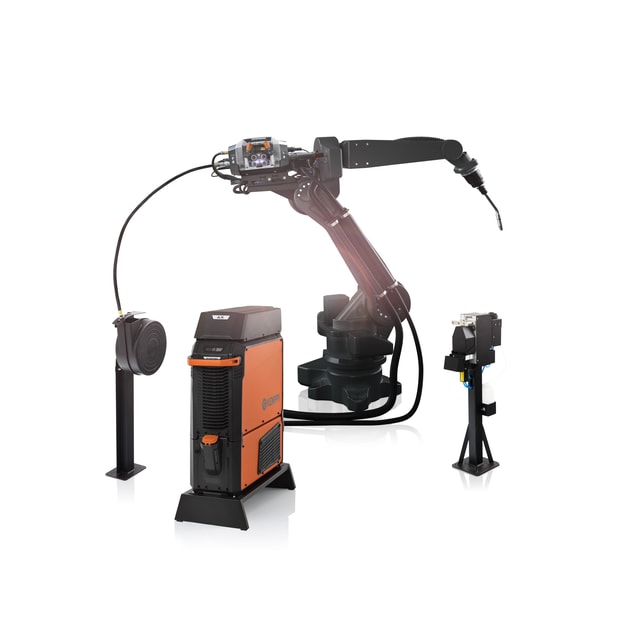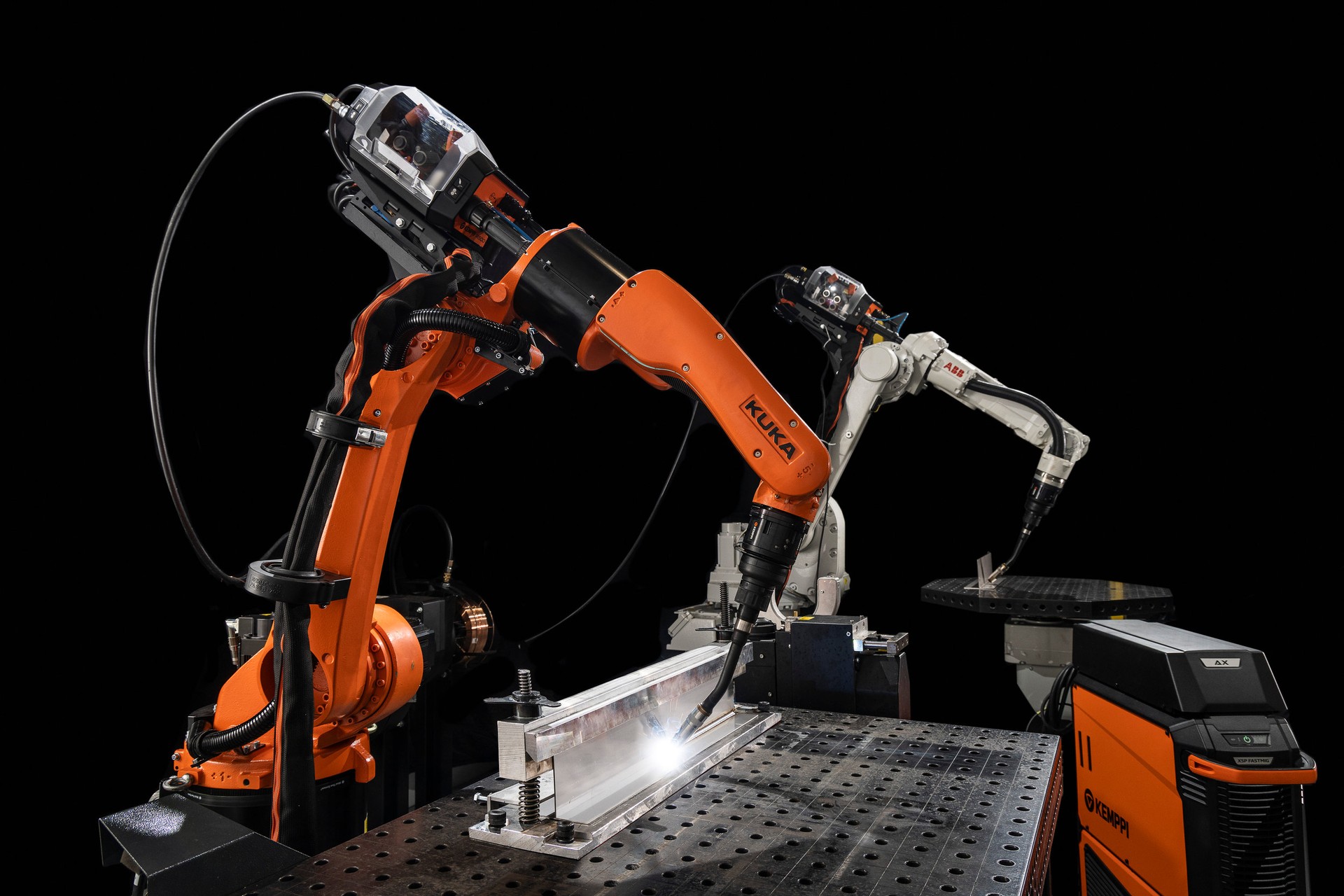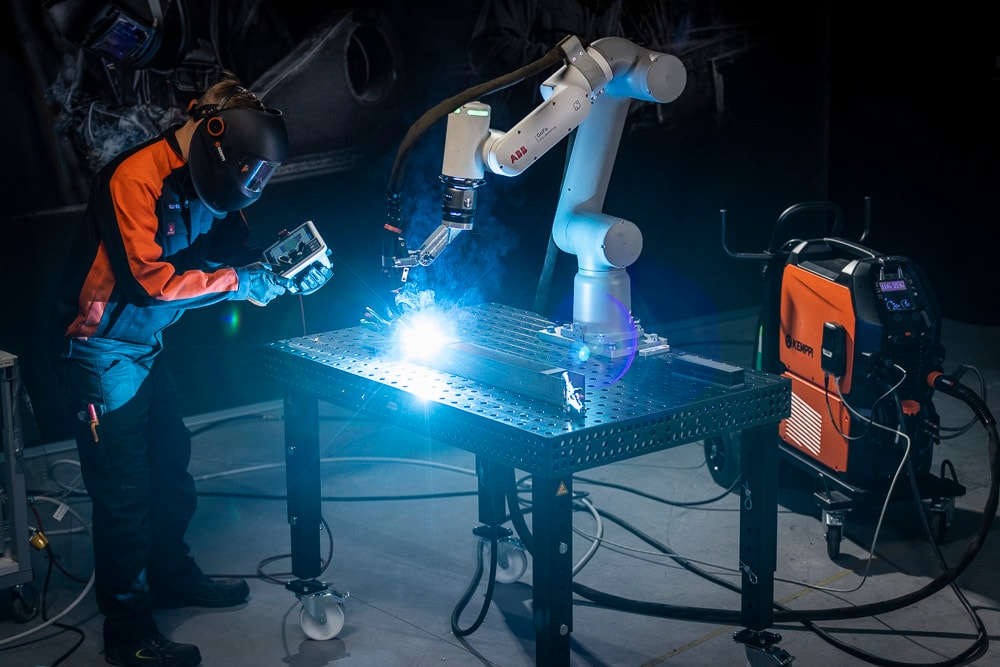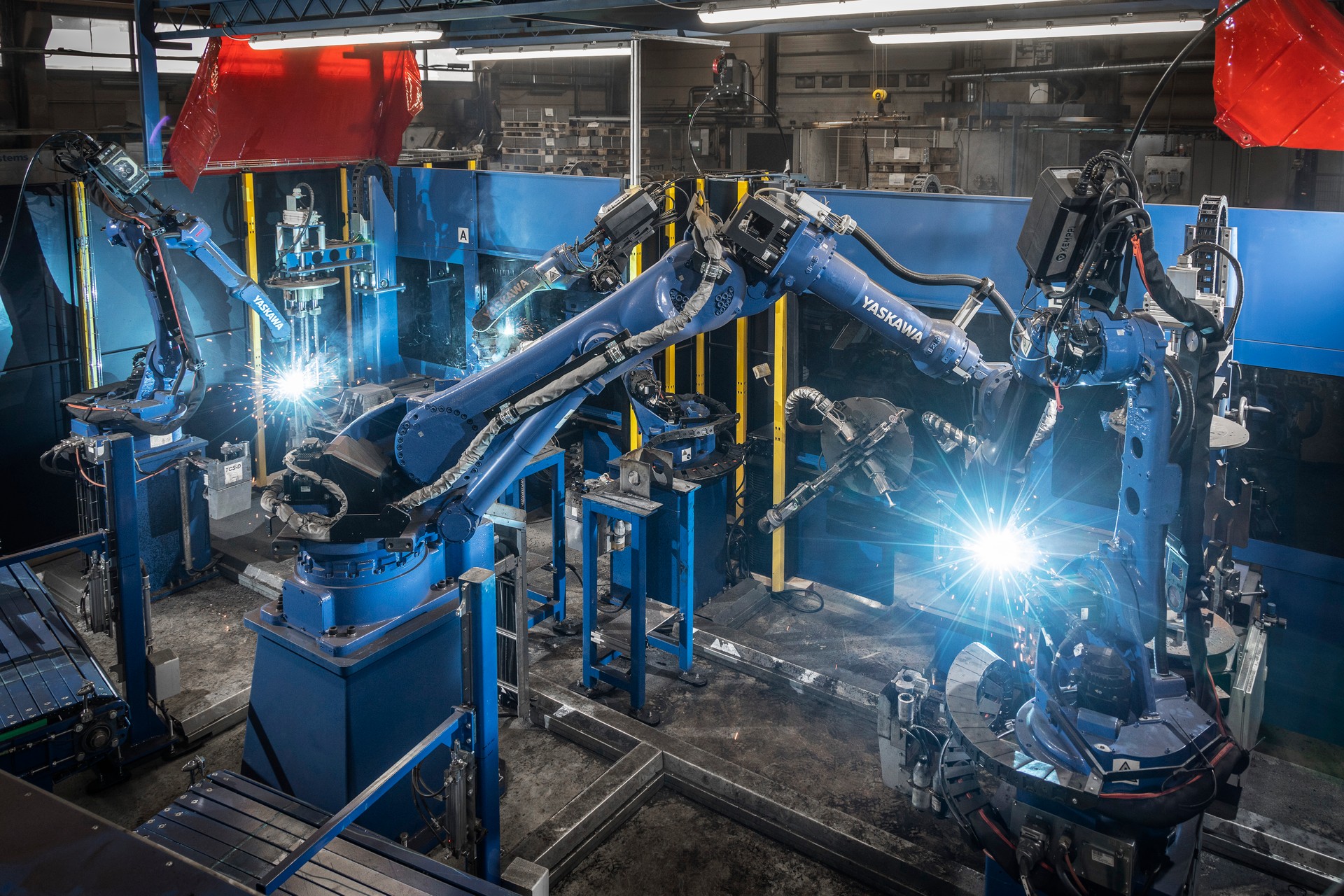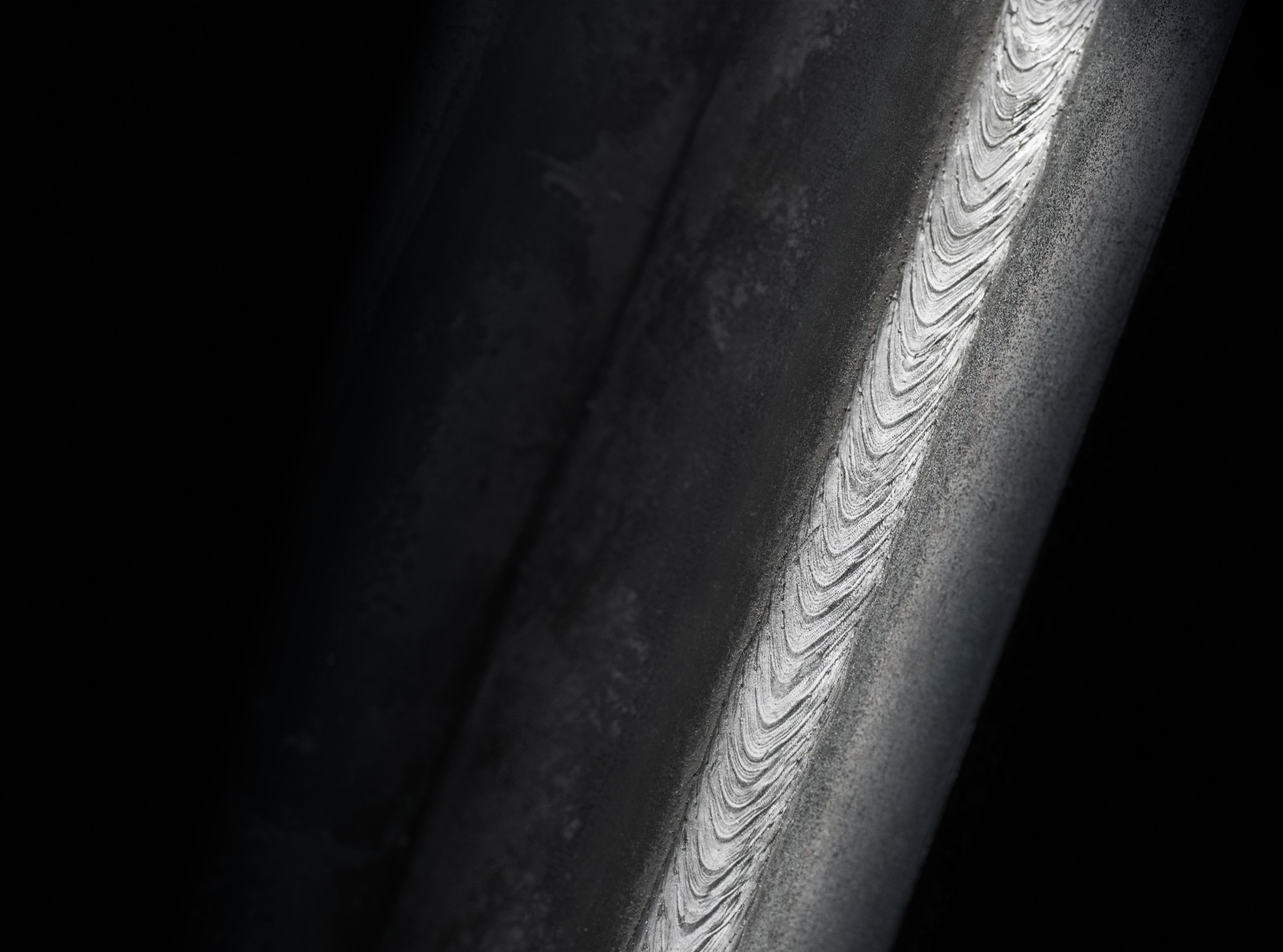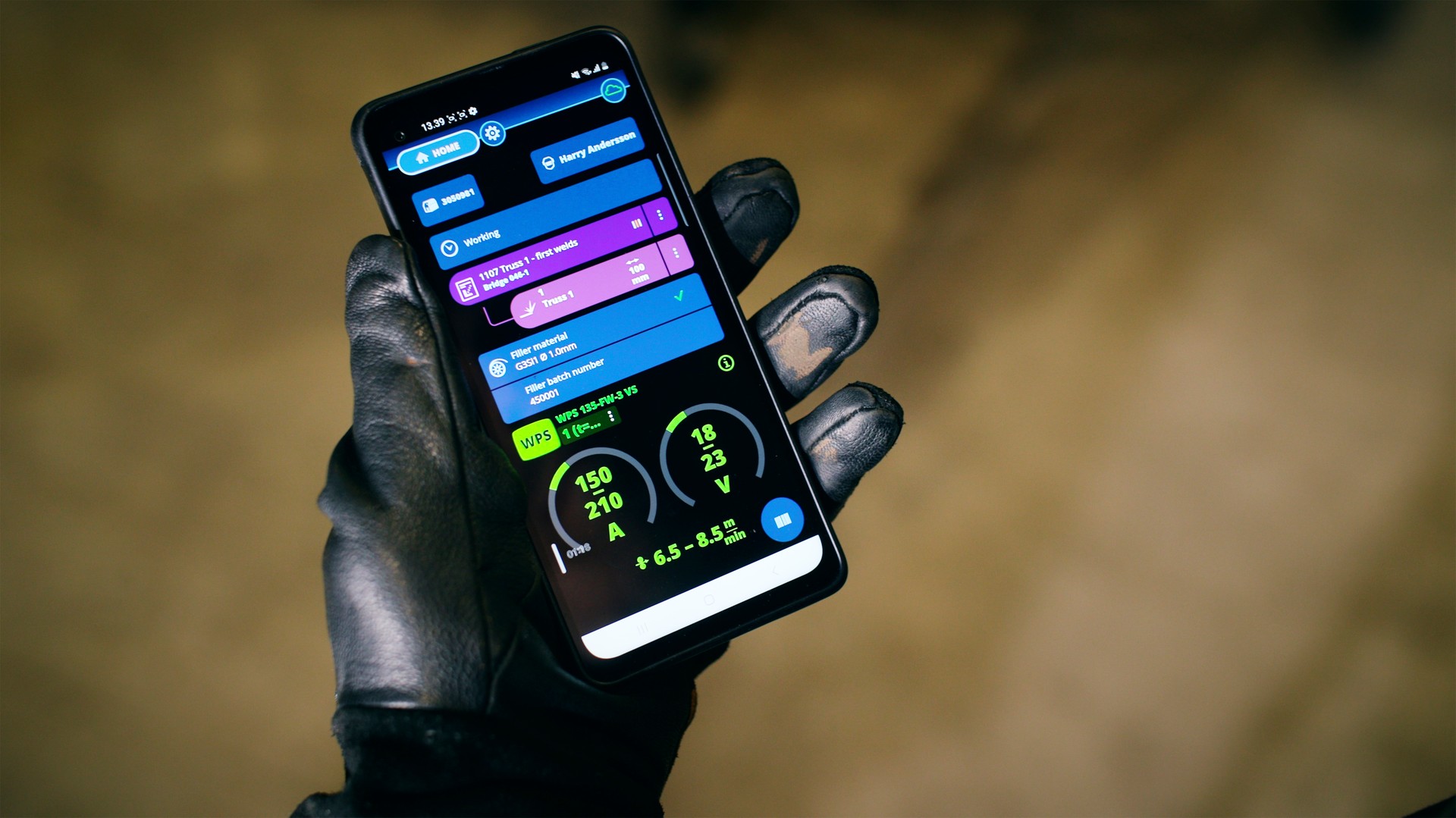
Automatyzacja spawania
Get ready for welding automation
17 stycznia 2024
Robotic manufacturing technology is more capable than ever. To see how it impacts the welding industry, let's start by taking a closer look at some of the important trends and key considerations for anyone thinking about investing in welding automation.
Juha Mainio

Juha Mainio
Juha Mainio
Juha Mainio works as an Area Sales Manager at ABB Oy, Robotics. He has more than 18 years of experience working with industrial robots in the manufacturing industry. During these years, he has gained knowledge of offline programming, collaborative robots, and robotic welding.
